
When we talk about revolutionary changes, none are as immense as rapid prototyping in the CNC industry. The biggest and most obvious reason for it is all down to availability.
Namely, CNC machines were so expensive, big, and unfeasible that only big companies that specialize in large-scale manufacturing would own them.
Nowadays, even small businesses can own a few CNC machines and set their sights on mass-producing. And what made it all possible? Well, it was all possible because of the new methods of CNC rapid prototyping.
But what is CNC rapid prototyping? Well, to explain that, let’s dive deeper.
What Makes CNC Rapid Prototyping So Revolutionary?
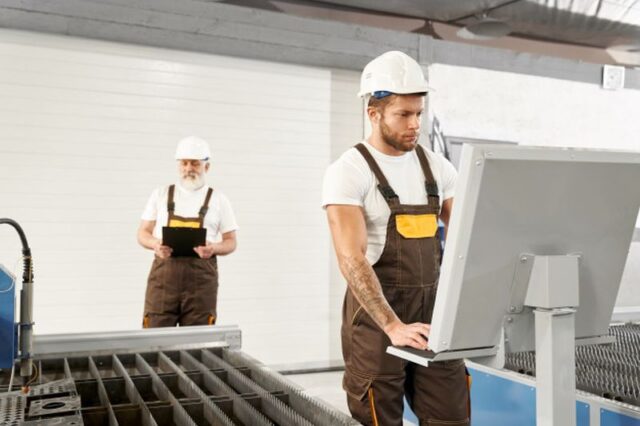
Since CNC utilizes computers to control and perform the task at hand, it involves different types of controlling to work out the various parts that make up the machine.
One change made to this machine was the introduction of 3D models that could be carved from an existing block of material and turned into any 3D shape.
This is what rapid prototyping offered the industry. Rapid prototyping uses cutting, carving, milling, and various other methods to achieve the end goal and finalize the 3D model.
How Does It Work?
Judging by all this, we can safely assume that rapid prototyping is revolutionary. The technology makes it possible for the computer to be given a 3D model and recreate it using the already existing block.
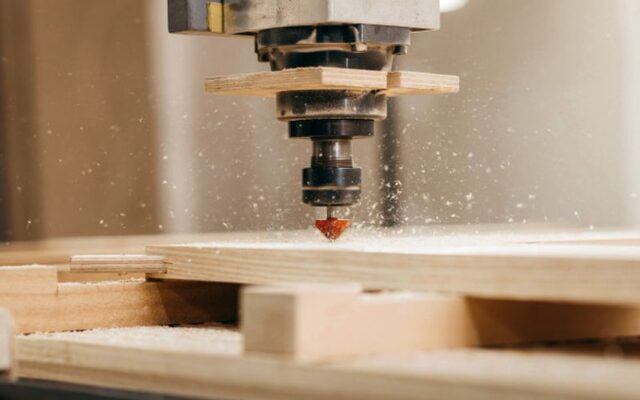
But how does it do it?
Well, the process starts with the submission of the design itself. This design is 3D modeled and intended only for the purpose of being transformed into a 3D object.
The machine needs to have software to be able to process this, and most utilize the latest and best software in the industry. From then on, the software effectively gives instructions to the machine telling it which turn to make, which cut to take, and so on.
This isn’t one instruction, it’s tens of thousands. Some of these designs can be so overwhelming that involves up to hundreds of thousands of instructions. Each one of these instructions is called G-code.
And this G-code is what makes rapid prototyping so revolutionary. Because of it, it requires zero human interaction but to implement the design and turn on the machine.
It’s really that simple and fully autonomous. This is what makes rapid prototyping and CNC machining so great and what holds an advantage over other methods.
With that said, a skilled operator will be needed to control, maintain, and give instructions before work. A skilled machinist with an eye for supervision and mechanical issues is needed to operate a CNC machine.
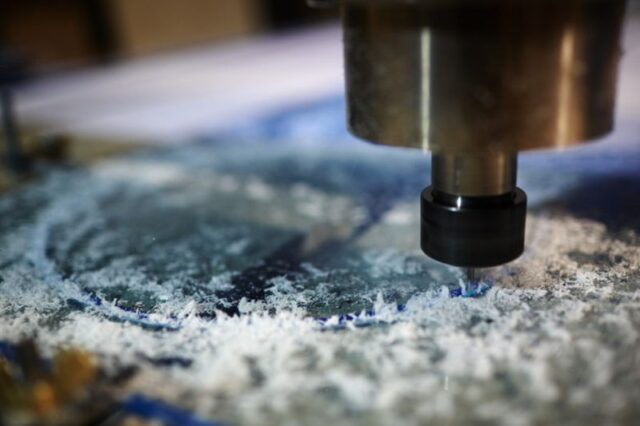
When the machine is ready to operate on the block and form a 3D object, it does it much differently than 3D printing.
3D printing prints layers on top of new layers by using materials in the machine itself. CNC rapid prototyping has the material placed in front of the machine and cuts it bit by bit until it reaches the final form.
With this method of cutting pieces by pieces, blocks and bits fall to the ground and can be recycled to create yet another block of material that can be cut again and again. This efficient and cost-effective method of producing materials and goods is seen as revolutionary.
And that’s precisely why the industry has become so popular even with small business owners. If you’re looking for reliable CNC machining services, then look no further than artmachining.com.
What Are the Benefits of Implementing Rapid Prototyping?
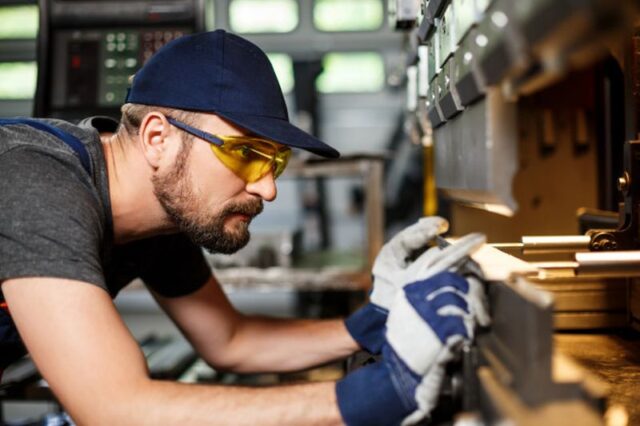
The biggest rival to rapid prototyping is 3D printing. While both methods are entirely different in the approach, both utilize some form of 3D.
In the case of 3D printing, the machine prints the object in 3D while rapid prototyping recreates a 3D model. But certain benefits come with rapid prototyping.
· Can Use Different Materials
Metal isn’t the only material that rapid prototyping can form 3D objects from. Wood is quite possibly even more popular when it comes to utilizing the technology and brass, copper, bronze, zinc, aluminum, and other metals are all worthy adversaries.
Plastic is the last non-metal material that rapid prototyping can cut into accurate 3D objects for the purpose of mass-producing.
· Very Accurate Manufacturing
A great benefit to using this technology is that accuracy is the strongest selling point. While there are certainly other features that are just as impressive, accuracy is seen as something revolutionary.
Today’s industries require accurate parts to be used in everyday operations. The CNC industry has revolutionized how accurate mass production has become by implementing rapid prototyping.
The accuracy is only possible due to the lack of human interaction.
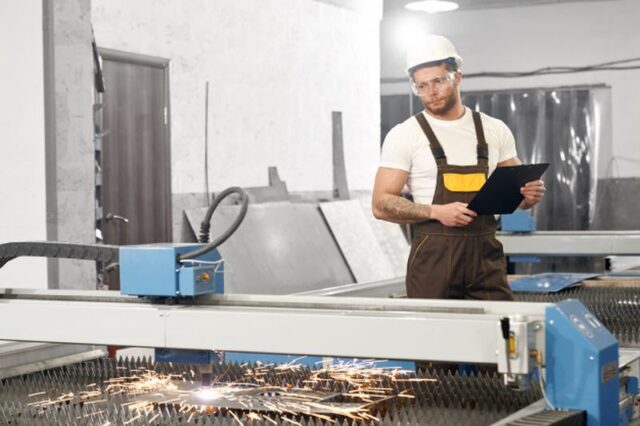
· Speed
If there is anything that we can safely say that rapid prototyping has over 3D printing is speed. Make no mistake about it, 3D printing isn’t capable of mass-producing parts. Speed is a major obstacle when needing to 3D print, but that isn’t the case when implementing rapid prototyping.
Since everything is computerized, it means the computer doesn’t need to stop and take a break. This is the issue that manufacturers have with human workers, and this technology doesn’t need them.
· Doesn’t Compromise the Material
We talked that cutting the material leaves out small bits and pieces that can be reused. Well, we can also say that the integrity of the material and the quality are never compromised even when reusing. This means that you can reuse as much as you want and the structural integrity of the material will always remain in the same original condition as it was.
· Quality of Work
The last benefit that you get by implementing rapid prototyping is the fact that you get quality all around. Not only does the design get successfully translated into a 3D object, but it’s done in a way that cannot be matched by other techniques.
Conclusion
Rapid prototyping has revolutionized the way the CNC industry operates. Implementing this tech will give you access to the latest technological advancements that the industry offers, allowing you to perform quality services.













